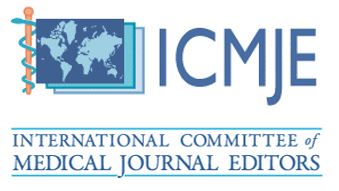Role of Low Dose Intravenous Methylprednisolone in Pulmonary Hemorrhage Associated with Severe Leptospirosis
DOI:
https://doi.org/10.51200/bjms.v18i3.5392Keywords:
Leptospirosis, Pulmonary hemorrhage, Weil’s disease, MethylprednisoloneAbstract
Leptospirosis, an emerging zoonosis endemic in Malaysia, presents with diverse clinical manifestations, ranging from mild to potentially fatal illness. Pulmonary involvement in leptospirosis, particularly pulmonary hemorrhage, poses a significant risk of mortality, prompting exploration of various treatment strategies. While high-dose corticosteroid therapy has demonstrated efficacy in some studies, data on the use of low-dose corticosteroids in pulmonary leptospirosis remain scarce. Here, we report a case of successful treatment with low-dose methylprednisolone in a patient diagnosed with Weil’s disease and pulmonary hemorrhage. The patient, initially presenting with fever, vomiting and hemoptysis, rapidly deteriorated, necessitating intubation due to respiratory distress. Prompt initiation of low-dose methylprednisolone alongside antibiotic therapy resulted in clinical improvement, resolution of pulmonary hemorrhage, and normalization of laboratory parameters. This case highlights the potential efficacy of low-dose corticosteroid therapy in managing severe pulmonary involvement in leptospirosis, offering insights into alternative treatment modalities for this challenging condition. Further studies are warranted to elucidate the optimal dosing and timing of corticosteroid therapy in leptospirosis-associated pulmonary complications.
Downloads
Published
How to Cite
Issue
Section
License
The copyright of the article belongs to the authors, who retain ownership of their work published in the journal. Their work is distributed under the CC BY-NC 4.0 license








1.png)




